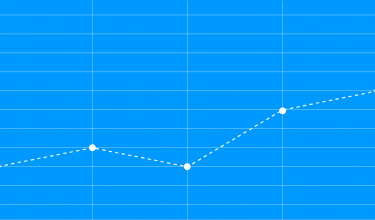From awareness to evaluation to purchase—consumers will interact with your brand and products in different ways depending on where they sit in the funnel.
Someone who is just learning about your brand might not respond to the same ads as a customer who already knows and loves your products. Your targeting strategy should be tailored to people according to their level of interaction with your brand.
On Facebook and Instagram, you can create specific campaigns to effectively reach people across the top, middle and bottom of the purchase funnel.
Here are our recommendations.
Top of the funnel: Connect with consumers who might not be familiar with your brand
At the top of the funnel, you’re reaching people who might not know much about your brand. There’s a chance they might not have even heard of it.
There are several options for top-of-the-funnel targeting, including lookalike audience targeting, interest-based targeting, and broad audience targeting.
Facebook’s broad audience targeting allows you to reach people who have expressed interest in products similar to yours – even if they’ve never visited your website. People in this audience will automatically see products from your catalog that might be relevant to them.
When you start creating new dynamic ads, you can let Facebook know that you’d like to define a broad audience and that you want the platform to optimize who sees your products.
The StitcherAds team recommends the following for broad audience targeting:
- In general, avoid lookalike audiences. You can test this out, but make sure your audience is still large and that you’re not excluding website visitors. This will train Facebook to determine who to show your ads to.
- Keep the audience size over 2 million. When your audience is over 2 million, you can layer on interest-based targeting.
- Use ad targeting options like location and demographics.
- Exclude people who have purchased from your product set within the last 10 days.
In terms of creative, you want your imagery and copy to resonate with someone who has little to no context about your brand.
Here’s an example from fitness apparel brand Outdoor Voices.

In this collection ad, Outdoor Voices uses a video to introduce their Springs Leggings product. Video is always a good approach to hook a Facebook user’s attention. Below the video, the retailer explains exactly what they are selling using a brief description along with a collection of products. This is the perfect way for a brand to support product discovery.
Middle of the funnel: Re-engage shoppers who have expressed interest
Retargeting is your low-hanging fruit. These users have already shown interest in your brand and your products, and are most likely to convert. Retargeting campaigns will typically drive the highest overall return on ad spend.
You can retarget consumers whose contact information you have in your CRM database by building custom audiences.
Or, you can take the automated approach with product audiences. Product audiences are dynamically generated from events on your website or mobile app as people interact with your brand. Make sure you’ve set up the Facebook pixel and used the Facebook SDK to capture the following standard events:
• Add to Cart
• Add to Wishlist
• Search
• View Content
You can then retarget people who conducted those events on your site using dynamic product ads. The “Viewed Category” event is not among the standard pixel events, but the StitcherAds team recommends setting this up so you can retarget users who have viewed certain categories of products. Pro tip: When people browse product categories or search for a product, make sure you retarget them with the top 10 results on the page. Give your potential customers even more to discover.
We also suggest setting bids based on the level of intent and recency of action taken. In other words, if a customer added an item to their cart and abandoned that purchase yesterday, you should bid more aggressively for that purchase than for a purchase from a customer that viewed a product a week ago.
As far as creative goes, shoe retailer TOMS provides a good example.

This carousel ad appeared after browsing for shoes on the TOMS site. The ad copy resonates strongly with a consumer in the middle of the purchase funnel. “Get them before they’re gone!” creates a sense of urgency by indicating that these shoes are in high demand. TOMS could further elevate their targeting strategy by turning these ads into pieces of omnichannel creative. One way to do this is by incorporating a map card into the carousel ad. This ad was shown to a user within two miles of a TOMS brick-and-mortar location, so there was massive opportunity to let the shopper know that buying online wasn’t their only option.
Bottom of the funnel: Increase your customers’ lifetime value
Use the data you are sending back to Facebook from your site and mobile app, as well as the customer data you’re uploading from in-store conversions, to increase customers’ lifetime value.
When you use Facebook dynamic ads to cross-sell or upsell, Facebook automatically selects relevant items to show your customers. For example, if people on your website usually buy gloves and scarves together, Facebook will learn to cross-sell gloves to people whenever they only buy a scarf.
But, if you’d like to take a more targeted approach, you should focus on creating complementary product sets against your best-selling products. To do this, create two product sets that complement one another. Create the first product set and an appropriate audience based off interactions with these products (purchased within the last seven to 30 days, for example). Then, you create the second product set and promote that group or products to the original audience.
Don’t forget to test different timing windows. If you’re going to retarget someone post-purchase, do you want to reach them immediately after they bought the product … or do you want to give them a few days to spend time with it? Test both options, and use it to define your strategy moving forward. You might find that it will work differently across product categories.
Cover all of your targeting bases
Today’s marketplace is complex and over-crowded – making personalization more important than ever before. Ensure that your brand remains relevant by targeting customers with the right creatives at the right stages of the funnel.



